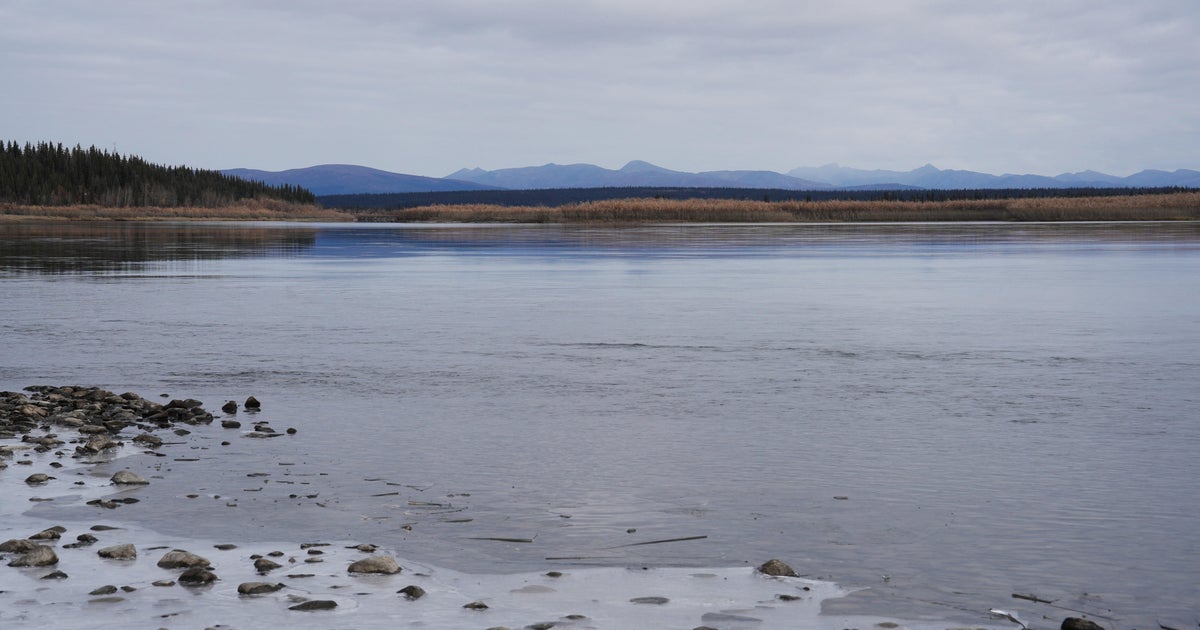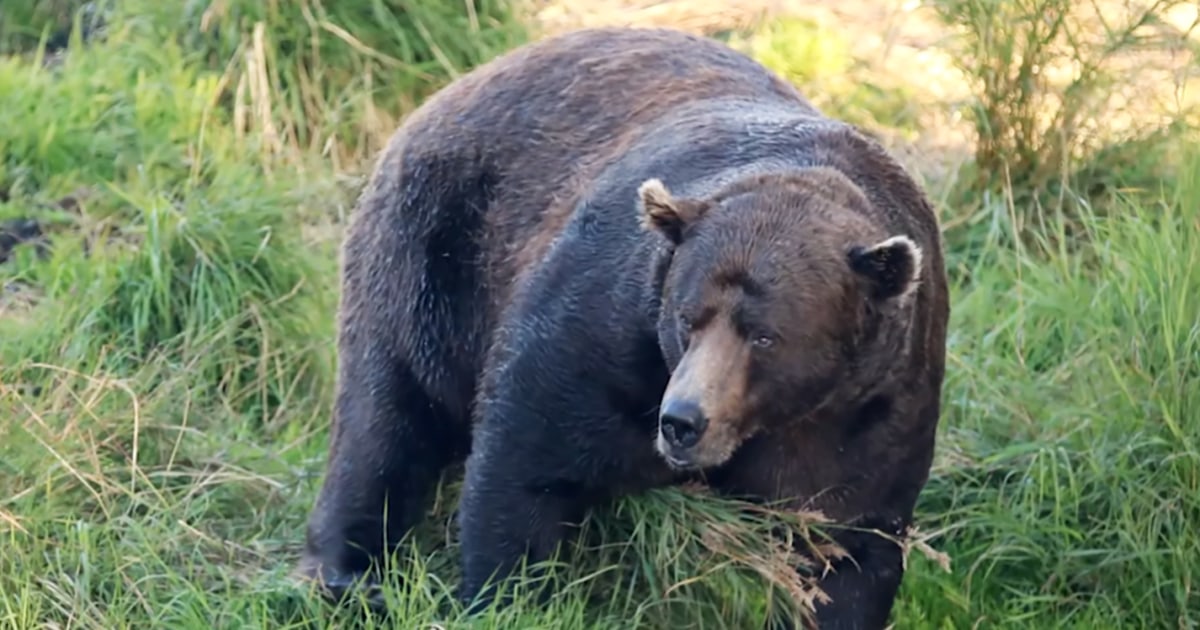Alaska's ANWR Drilling Decision Sparks National Debate

A Controversial Turning Point for Alaska’s Wilderness
The Trump administration has finalized a plan to open the coastal plain of Alaska’s Arctic National Wildlife Refuge (ANWR) to oil and gas drilling, ending decades of debate over whether to permit industrial activity in one of the nation’s most ecologically sensitive regions[1][2]. This decision, announced on October 24, 2025, reverses earlier protections enacted by the Biden administration and reawakens an old battle between energy development and environmental conservation[2][3]. The move affects over 1.5 million acres, including critical habitats for polar bears, caribou, migratory birds, and marine mammals—areas that are also culturally vital to the Gwich’in people, who have relied on this land for millennia[1]. Environmental groups have strongly condemned the decision, warning that drilling could irreversibly damage a globally significant ecosystem and exacerbate climate change in a region already warming far faster than the rest of the planet[3].
Broader Implications and Ongoing Debate
In addition to opening ANWR, the administration announced new oil and gas lease sales in the National Petroleum Reserve and approved a 211-mile industrial road through Izembek National Wildlife Refuge, further expanding industrial access to protected Alaskan lands[1][2]. Supporters argue that these steps will boost U.S. energy independence and create jobs, while critics counter that the economic benefits are uncertain and the environmental costs are too high, especially given the minimal interest from major oil companies[3]. The decision sets the stage for legal challenges and continued political conflict, as advocates for Indigenous rights and conservation vow to fight the move in court and in public opinion. As Alaska’s wild spaces face unprecedented pressure, the nation must weigh short-term economic gains against the long-term protection of irreplaceable natural and cultural heritage[3].







